BAE contracted the research firm Oxford Economics to “produce an independent analysis of our contribution to the UK’s economy in 2020”.
The full report ‘The Contribution of BAE Systems to the UK Economy 2022’ was just released and provides some insight into both BAE and the wider UK defence industry in 2020.
This article was submitted by John. John is a student at the University of South Carolina studying political science. He has also studied the Arab-Israeli conflict at the Hebrew University of Jerusalem.
John currently hosts ‘The Osint Bunker‘ podcast, a popular production focusing on global events, you can read more about the podcast on our dedicated page here.
The report starts on the headline figures, BAE contributed £10.1 billion to the UK’s GDP in 2020, and exported £3.9bn of goods and services, equivalent to 0.7% of UK exports. BAE supported 143,000 full-time jobs across the UK including 35,300 at BAE Systems itself.
Additionally, BAE spent £3.8 billion with 5,000 UK suppliers and reports £1.1 billion spent on R&D this year, with £100 million funded directly from the company. BAE was the ninth-largest patent applicant in the UK in 2020 under the Patent Cooperation Treaty, with 70 applications.
The report includes a focus on current BAE space missions, including the acquisition of the firm ‘In-Space Missions’ a UK company that designs, builds, and operates satellites and satellite systems. BAE specifically targeted the fact that it allows the company “to create a sovereign UK space offer”, in line with the request included in the UK Government’s 2021 integrated defence review.
BAE also mentions they are developing “radio technology to provide global satellite navigation systems and command and control services from low earth orbit satellites or even high-altitude aircraft.”
BAEs undersea warfare program also gets nod, as BAE reports “Nearly 8,500 employees work in the Barrow Shipyard on the Dreadnought and Astute submarine programmes”. Oxford Economics predicts the Dreadnought programme will support almost 30,000 jobs around the UK, including through supply chain and worker spending multiplier effects.
BAE released some interesting figures on the Tempest program, as it moves through early R&D stages. The program is currently working on more than 60 demonstration projects across the breadth of combat air, and specifically mentions the electrical starter-generator developed by Rolls-Royce. BAE also claims to be engaging with more than 600 suppliers.
Under the environmental sustainability umbrella, BAE set a target of achieving net zero greenhouse gas emissions across all its operations by 2030. BAE also mentions the fact that climate targets for the UK are not helped by the fact that “the UK does not use nuclear-powered surface warships”. BAE also touts its simulators, claiming that “simulators require no jet fuel, saving 9.6 tonnes of CO2 per flight”.
BAE is also pursuing alternative fuels, as “electrification is not currently possible for all vehicle types” current alternate fuels are “not currently produced in sufficient quantities to be feasible for the defence sector, and are currently much more expensive than fossil fuels.”
The torpedo drone (T-650 Heavy Lift UAS)gets a mention.
#DSEI2021: @BAESystemsplc T-650 Heavy Lift #UAS with a Sting Ray #torpedo pic.twitter.com/jTyxZo0tls
— Charles Forrester (@securitysplat) September 14, 2021
The T-650 will have a top speed of 140 kilometres per hour and the ability to carry a 300-kilogram payload with a range of 30 kilometres.
In Scotland, BAE supports 6,420 employees across various projects. The shipyards at Govan and Scotstoun employed 2,700 workers in 2020. Sir Roger Carr, Chairman of BAE described the Type 26 frigate as “A tribute to British skills and engineering” The Type 26 programme has more than 100 suppliers globally, and more than £1 billion has been invested across the programme’s supply chain. Construction of the Canadian Navy’s Type 26s will begin in “the mid-2020s”. Between the UK, Canada, and Australia 32 ships of the Type 26 design will be operated.
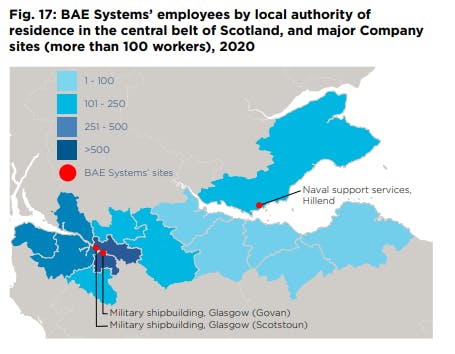 In Cumbria, 8,460 workers are employed at BAEs submarine building facility at Barrow-in Furness in 2020. These employees support the manufacture of the Astute-class attack submarines and Dreadnought-class ballistic missile submarine.
In Cumbria, 8,460 workers are employed at BAEs submarine building facility at Barrow-in Furness in 2020. These employees support the manufacture of the Astute-class attack submarines and Dreadnought-class ballistic missile submarine.
In Lancashire, BAE operates the military aircraft facilities at Samlesbury and at Warton, each employing almost 5,000 workers. The sites most recently secured a contract to supply 38 Typhoons for the German Air Force (https://ukdefencejournal.org.uk/german-typhoon-order-boosts-uk-economy-say-bae/). Additionally, Samlesbury handles the construction of aft-fuselage and the horizontal and vertical tailplanes for every F-35 military aircraft.
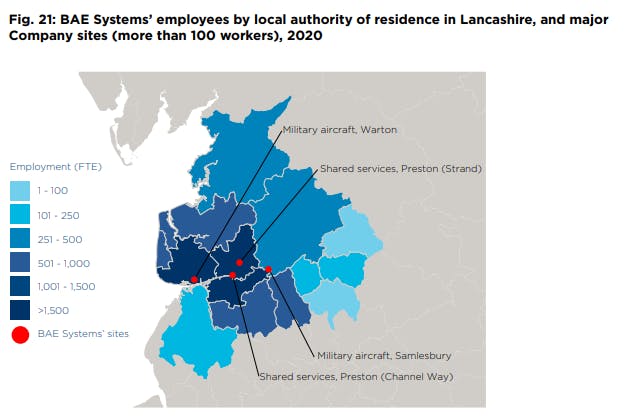 BAE operates 13 sites in the south of England, the largest being Portsmouth Naval Base, which BAE manages on behalf of the Royal Navy, employing 2,400 workers. 70% of Royal Navy surface ships are based there, including both Queen Elizabeth-class aircraft carriers. BAE has other sites in the area, manufacturing small boats, naval electronics, and other equipment for aerospace and defence.
BAE operates 13 sites in the south of England, the largest being Portsmouth Naval Base, which BAE manages on behalf of the Royal Navy, employing 2,400 workers. 70% of Royal Navy surface ships are based there, including both Queen Elizabeth-class aircraft carriers. BAE has other sites in the area, manufacturing small boats, naval electronics, and other equipment for aerospace and defence.


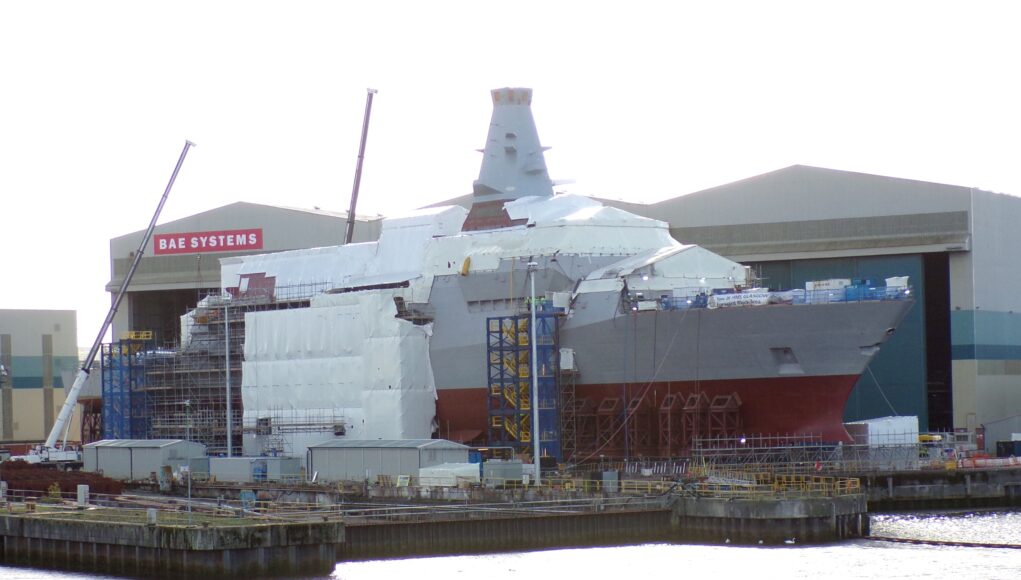
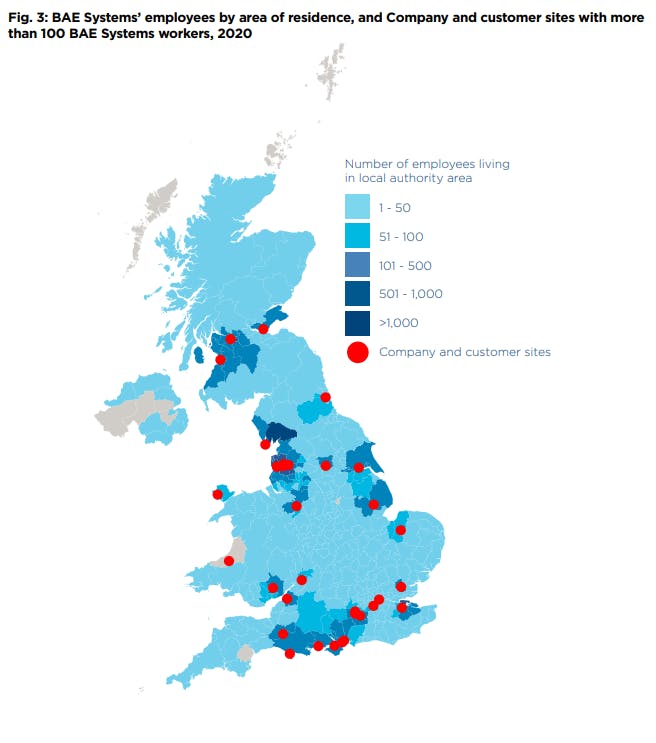
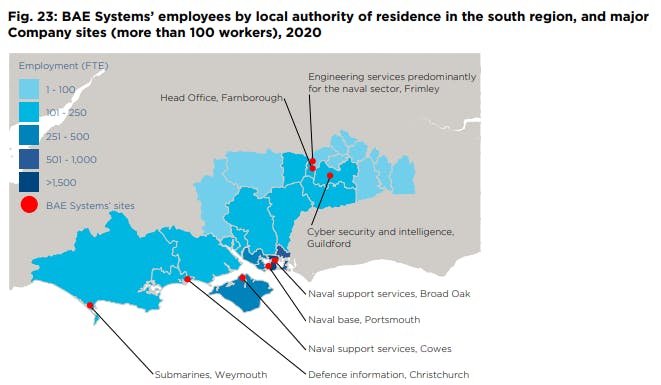
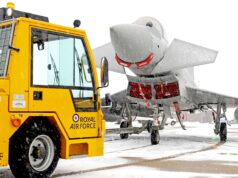


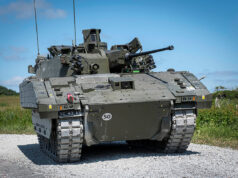
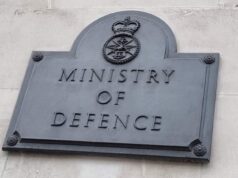
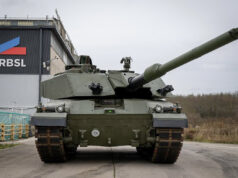

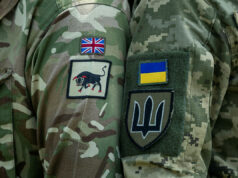
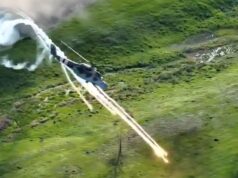


Nothing tangible yet from Tempest apart from a few UI demos and PPT of future factory. Be good to see a a prototype at some point. I know it is all digital twin etc but until you have something in play easy to cancel, and even then. Doesn’t have to be the end product. The programme has been running 3+ years now and all we get are PPTs. When you look at how China or even Russia are running these things there is constant prototyping and eveolution.
Because China copies everything. And most of it isn’t very good.
…and have substitute engines because those originally proposed are years late and still not up to spec or reliability to the point they are trying to buy Russian substitutes. And that’s despite their espionage abilities and the endless funds they can thrown at a crucial project. Can just imagine the debacle and outcry that would cause here.
Very true, which shows just how difficult it is to design and develop fighter engines of the quality of the EJ200 or P&W F135. And the Chinese propaganda machine won’t release anything like the information we are used to receiving in the public domain about the state of new projects. They will have had huge problems with these new fighters, and god knows how much money they will have thrown at them, even after stealing a lot of F35 data. They make them sound like fantastic aircraft, in reality, they probably won’t match a 30 year old F15C.
I wonder where this could lead to?
“The provision, which originated in the Senate version of the NDAA, directs the US Department of Defense (DoD) to include defence contractors from Australia, Canada, and the United Kingdom in industry days and requests for information (RFIs) “to the maximum extent practicable”.
https://www.janes.com/defence-news/terror-insurgent-group/latest/us-eyes-bigger-role-for-allied-contractors
There certainly seems to be a lot happening!
https://thediplomat.com/2021/11/reviewing-chinas-new-stealth-fighters/
Hmmmm, looks strikingly familiar to a pre-existing aircraft already in production. Must be My imagination.
But I do remember the Chinese also being the source of a hacking attack that got info an a jet design, including data on engines.
Lots of Senators putting in political amendments that have negligible beneficial impact. Another amendment bans the US using rare earth originating from China in any of its components which would be a serious headache for contractors.
We are probably a good five years away from a prototype yet on the development schedule.
Some of their projects have been in development for very long periods, and that’s what we even know about them.
This hopefully helps the economy but alas the hms duke of York name can never be used again
Probably still negotiable. After all, HMS Queen Elizabeth does not honour our current Queen and HMS Prince of Wales does not honour the current PoW, officially. Likewise, of course, the future HMS King George VI will refer to another king of that title; no relation at all to the current Queen’s father.
We have only had one King George VI so it can only refer to him. Special permission was requested of the Queen so that the name could be used.
Really, Nick? Well, I’m glad that’s been clarified.🙂
Rgs
I do love a pure coincidence.
i guess UK DJ doesn’t want all the trouble its causing
Mind you if it was, it would ensure nothing would dare go anywhere near it while it could travel endlessly with little to no obvious incoming. Manning it could be a problem mind especially as H&S would ensure no women on board.
Nice to see BAE go to the trouble of producing this report; a timely acknowledgement of their British heritage.
Are they making a point that they should have built Ajax not some just-invented company (GDUK)?
Maybe it’s a touch of ‘I told you so’ with regard to Warrior; and maybe AS90 Brave heart.
They seem to be back in favour via the partnership with Rheinmetal for C3 and Boxer. And T26 is going well.
I think BAE engineering was always respected by the other EU partners in projects like Tornado and Typhoon.
Good to see them coming back.
I agree. BAE (and its acquired companies) has always made decent army kit.